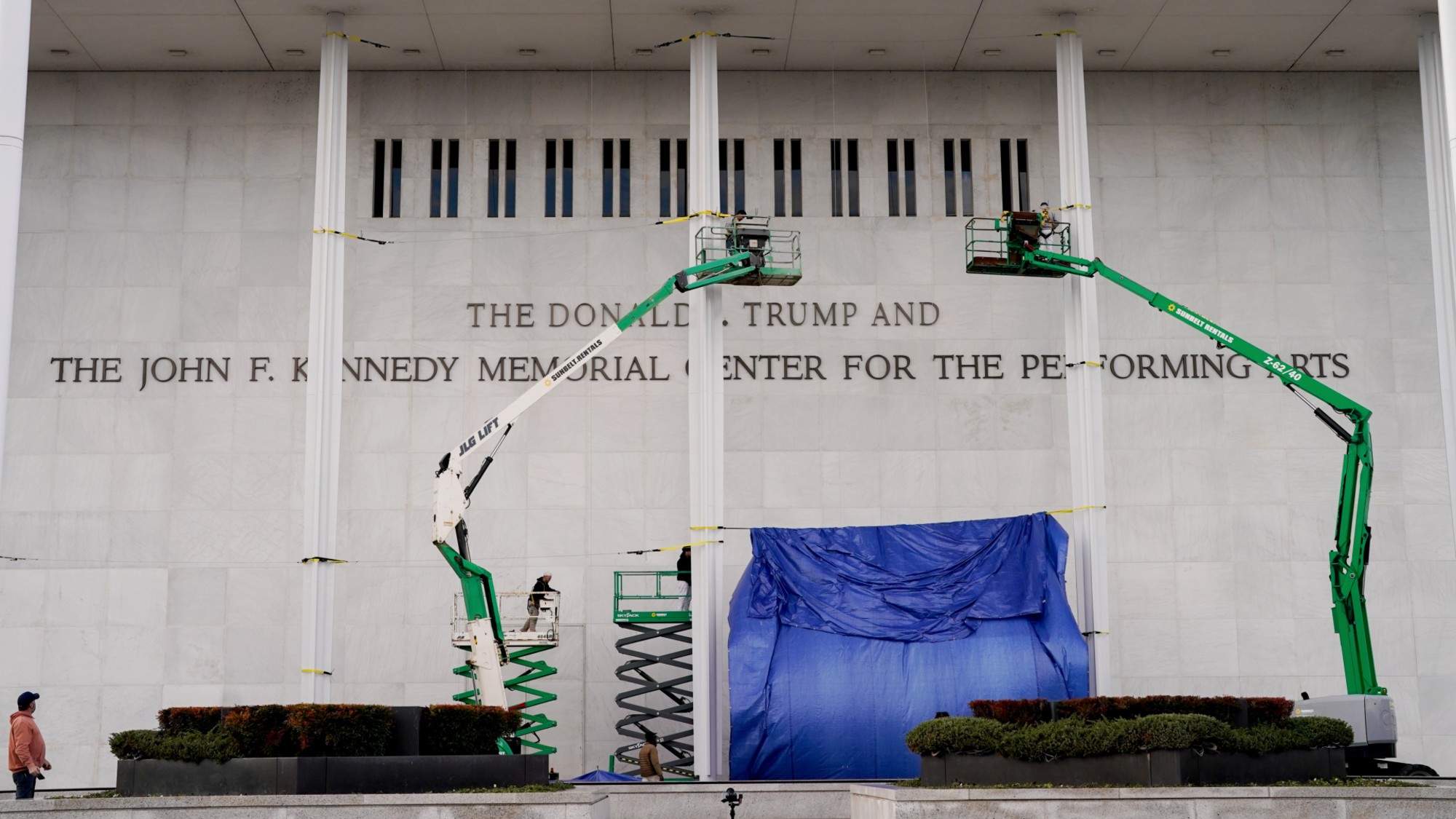‘Little Boy: The Arts of Japan’s Exploding Subculture’
Masterminded by Japanese artist Takashi Murakami, “Little Boy” is essential viewing for anyone who wants to understand contemporary Japan.
Products bearing the image of the mouthless cat Hello Kitty make millions each year for the Japanese company Sanrio. This provocative exhibition of art and artifacts makes the case that the 'œappallingly cute little figure' actually represents a nation's powerlessness and its 'œsublimated hysteria,' said Mark Stevens in New York. Masterminded by Japanese artist Takashi Murakami, 'œLittle Boy' is essential viewing for anyone who wants to understand contemporary Japan. Surveying flatly drawn pictures of puffy animals, pre-pubescent girls, and Godzilla's inner anatomy, Murakami makes the argument that, 'œfar from being just sugary kitsch, Japanese pop represents the strange, even psychotic response of a population traumatized by World War II.'
Murakami treats fine art and commercial products as equally compelling, said Matthew Gurewitsch in The Wall Street Journal. Sex-filled Japanese comic books (manga) and vintage toys stand side by side with Murakami's own contribution to the show, Time Bokan'”Black. This painting 'œreads simultaneously as a death's head and a mushroom-shaped cloud.' It looks like a reaction to Japan's unique position as a post-nuclear nation. But it is also a faithful rendering of the regular apocalyptic finale of an animated children's TV show from the '70s called Time Bokan. Millions of kids tuned in regularly.
The exhibition title 'œLittle Boy' refers to the nickname of the bomb dropped on Hiroshima in 1945, said Benjamin Lytal in The New York Sun. It also points to the 'œsuppressed memories of defeat' and feelings of impotence under the American occupation. These memories and feelings seeped out into a simultaneously infantile and aggressive visual culture. Hello Kitty represents the cult of cuteness, or kawaii, while obsessive manga fans hang together as otaku, or nerds in thrall to 'œimaginary dystopias of anime cartoons.' Artist Chiho Aoshima combines both impulses. She plots out striking visualizations of a 'œpostapocalyptic paradise' through computer graphics. Flat-chested women morph into brilliantly fake green mountains in her murals.
The Week
Escape your echo chamber. Get the facts behind the news, plus analysis from multiple perspectives.

Sign up for The Week's Free Newsletters
From our morning news briefing to a weekly Good News Newsletter, get the best of The Week delivered directly to your inbox.
From our morning news briefing to a weekly Good News Newsletter, get the best of The Week delivered directly to your inbox.
The New York Times
A free daily email with the biggest news stories of the day – and the best features from TheWeek.com
-
 5 hilariously slippery cartoons about Trump’s grab for Venezuelan oil
5 hilariously slippery cartoons about Trump’s grab for Venezuelan oilCartoons Artists take on a big threat, the FIFA Peace Prize, and more
-
 A running list of everything Trump has named or renamed after himself
A running list of everything Trump has named or renamed after himselfIn Depth The Kennedy Center is the latest thing to be slapped with Trump’s name
-
 Do oil companies really want to invest in Venezuela?
Do oil companies really want to invest in Venezuela?Today’s Big Question Trump claims control over crude reserves, but challenges loom
-
If/Then
feature Tony-winning Idina Menzel “looks and sounds sensational” in a role tailored to her talents.
-
Rocky
feature It’s a wonder that this Rocky ever reaches the top of the steps.
-
Love and Information
feature Leave it to Caryl Churchill to create a play that “so ingeniously mirrors our age of the splintered attention span.”
-
The Bridges of Madison County
feature Jason Robert Brown’s “richly melodic” score is “one of Broadway’s best in the last decade.”
-
Outside Mullingar
feature John Patrick Shanley’s “charmer of a play” isn’t for cynics.
-
The Night Alive
feature Conor McPherson “has a singular gift for making the ordinary glow with an extra dimension.”
-
No Man’s Land
feature The futility of all conversation has been, paradoxically, the subject of “some of the best dialogue ever written.”
-
The Commons of Pensacola
feature Stage and screen actress Amanda Peet's playwriting debut is a “witty and affecting” domestic drama.